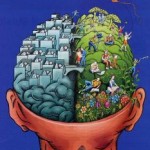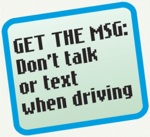The persistence of myth
Once again, a study has confirmed that there are significantly more risks associated with not vaccinating children than there are with vaccinating them. The study — published on September 30 in Pediatrics — looked at rates of pertussis (whooping cough) in California, and compared them to rates in areas where parents withheld vaccines from their children. The findings? People who weren’t vaccinated were 2½ times more likely than the norm to live in an area with high levels of whooping cough.
Why is this important? Because as the study states in its background, “In 2010, 9120 cases of pertussis were reported in California, more than any year since 1947.” How could this happen in the United States in the 21st century? Why would parents withhold one of the most effective preventers of communicable diseases in the world?Read full post...









